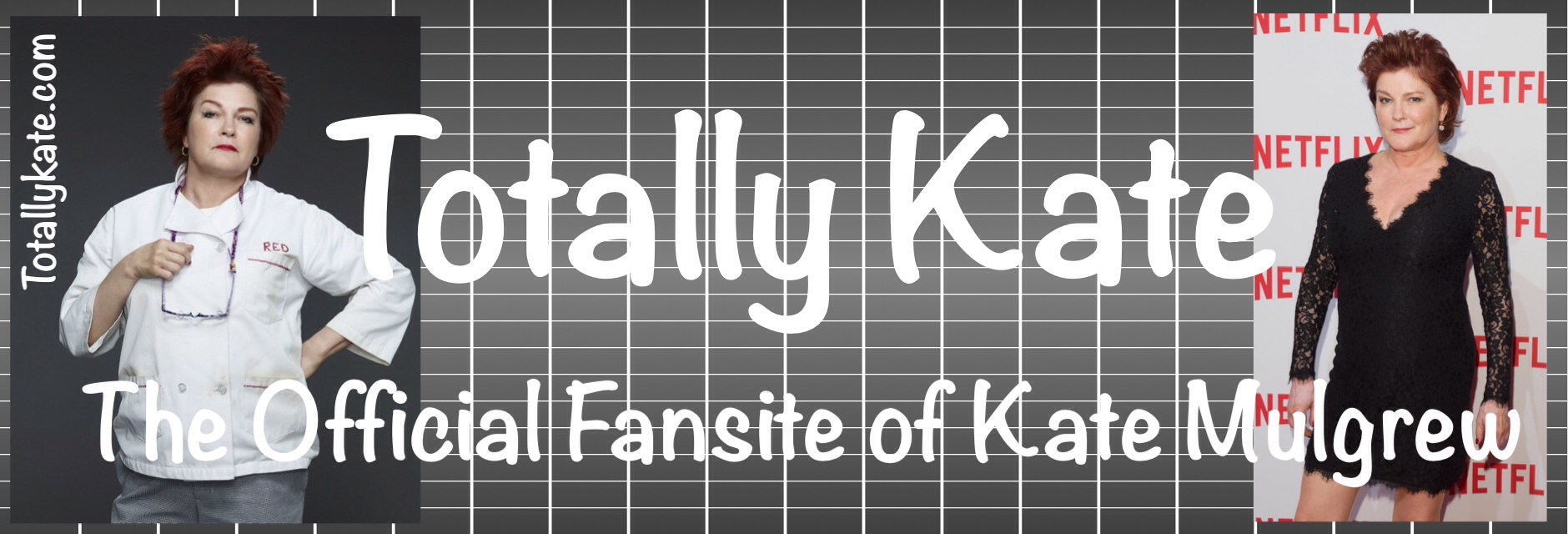 |
The laudable precision with which Mulgrew captures Hepburn’s voice, attitude, mannerisms and persona – in her youth and in old age – is what makes “Tea at Five” a theatrical event worth seeing. She is alternately outspoken, dramatic, proud and incorrigible – as well as wickedly funny. In moments of unexpected reflection, however, she can also be suddenly heartbreaking. Without becoming histrionic or maudlin, Mulgrew skillfully exposes the pained survivor of numerous family tragedies beneath the brash exterior of an indisputable legend. More than once her outrageously playful posturing melts into forcibly withheld tears as Hepburn moves from reveling in Hollywood storytelling to revealing long-buried secrets and unfulfilled dreams. “Tea at Five” refers to the daily ritual set forth by Hepburn’s mother that would bring the family together for conversation. Now recuperating at her family’s beloved retreat – first from being labeled “box office poison” and later from breaking her ankle in an auto accident – Hepburn resurrects the tradition, sharing her recollections not with her family but with her fans. When this play first appeared at the American Repertory Theatre’s Loeb Drama Center in Cambridge last year, there was a very real sense of Hepburn having tea with friends. The venue was small enough to make each viewer feel right at home in her family’s comfortable New England seaside living room. The larger and more formal setting of the Shubert Theatre, unfortunately, is not as intimate and proves to be a distraction. As if to compensate for the bigger hall, Mulgrew seems to have magnified her former relaxed, conversational manner in order to connect with the mezzanine’s back row. She uses slightly broader gestures and more frequent flurries of movement, especially as the flamboyant and restless diva of the first act, to project rather than channel Hepburn’s character. The enhancements probably have no negative effect on audience members who didn’t see the A.R.T. version. They do make the performance seem a tad less natural, however, for those who were mesmerized by the subtle power of the original. The slightly more presentational style of this current production also draws more attention to the weaknesses in the script. While the narrative does a fine job of capturing Hepburn’s quirky dialect and sophisticated banter, it moves somewhat hastily and episodically from one event to the next. In the second act, in particular, the torturous revelation of the “Hepburn family curse” is followed by a sudden interjection of Kate’s reflections on her affair with “Spence” – her co-star and married lover Spencer Tracy with whom she spent 27 tumultuous years. So important a relationship in her life should not be treated as an afterthought. Its abrupt introduction late in the play is almost jarring. “Tea at Five” is at its best when it engages the audience in a nostalgic look at the movie industry, Hepburn’s career, and the spirited relationships she had with her agents, producers, directors, and the press. Inside jokes about calla lilies and “Gone with the Wind” are particularly funny, even for viewers not well versed in Hepburn lore and trivia. Ultimately, fans looking to take an entertaining trip down memory lane with one of America’s most beloved Hollywood stars should not miss Mulgrew’s virtuoso performance. For others interested in a more detailed explanation of what made this four-time Oscar-winning leading lady tick, her autobiography titled “Me” might be a better buy. |
 |